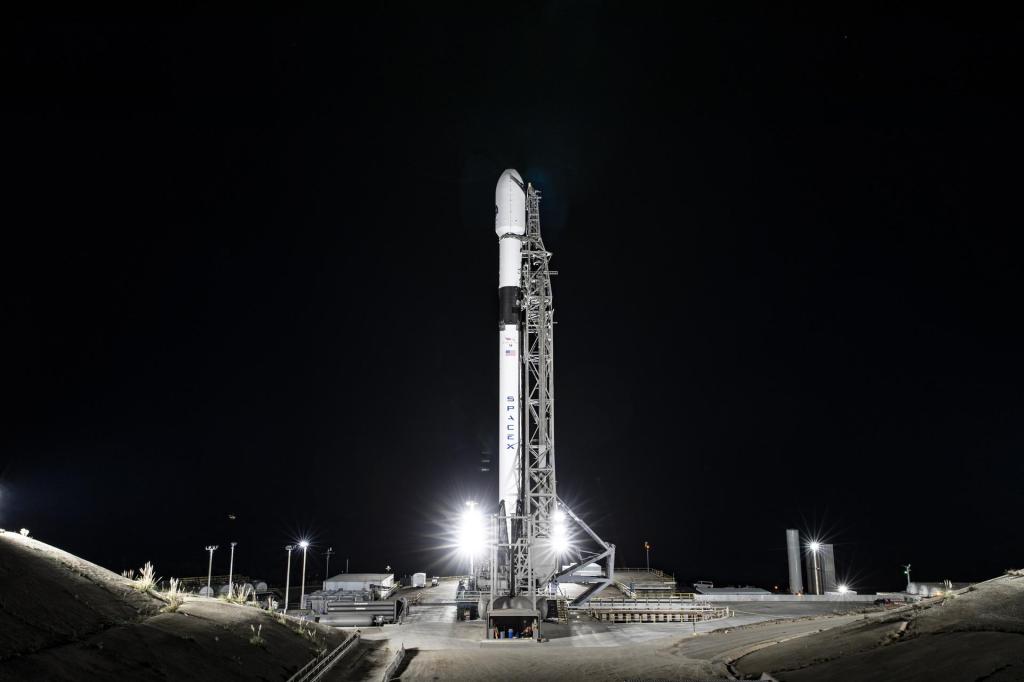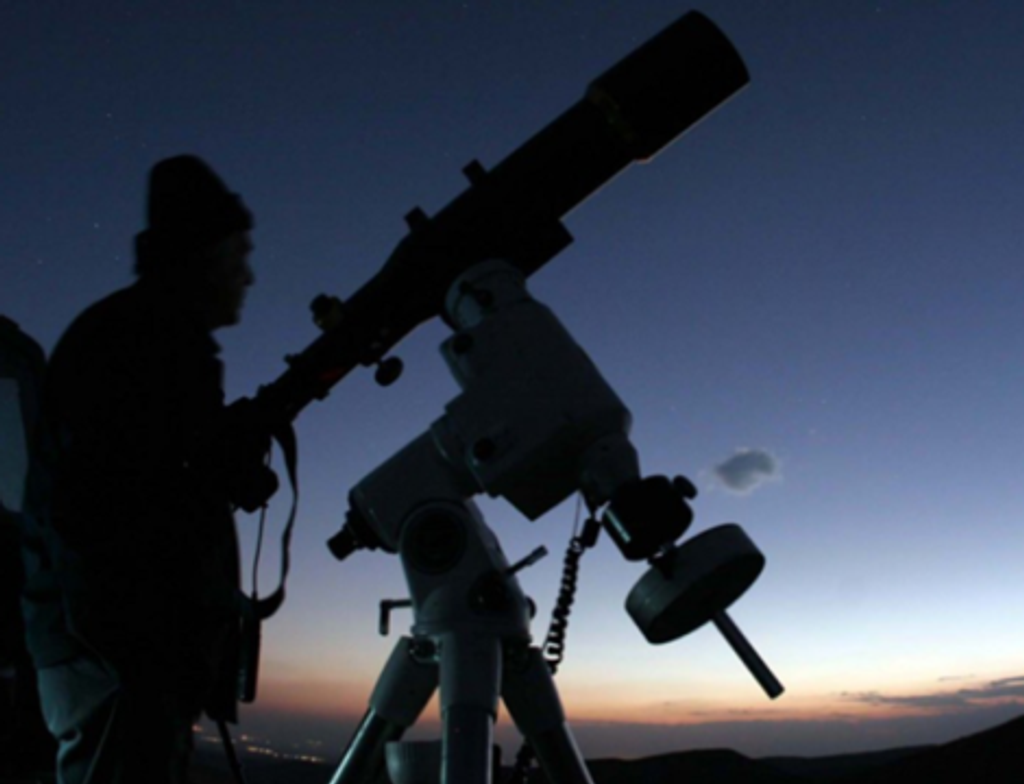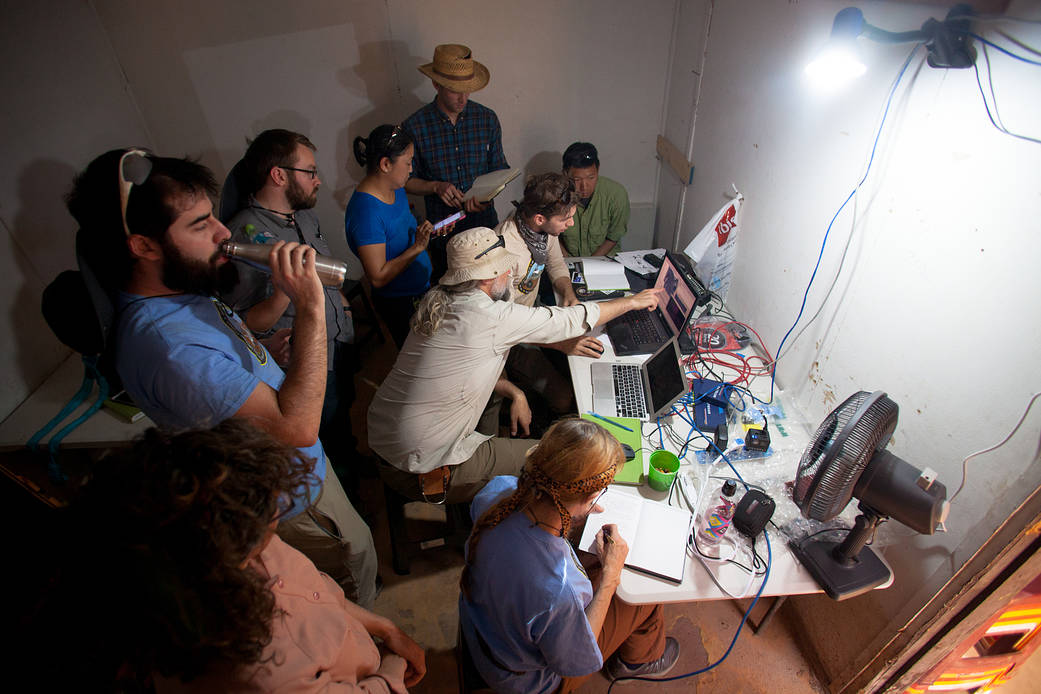During its 2018 field tests in the Atacama Desert, the ARADS project develops and tries out methods of doing science from a distance, using a rover, a drill, and life-detection instruments. While part of the team puts the ARADS rover through its paces, drilling and collecting samples, the others set up a mission control center in a trailer back at camp. They observe the action remotely, through images sent back by the rovers’ two cameras, and guide the exploration operations based on what they see.
+++
The Atacama Rover Astrobiology Drilling Studies, or ARADS, project is designing tools and techniques that could be used to search for life one day on Mars or other places in the Solar System. The team’s prototype rover combines the ability to move across the surface, drill down to collect soil samples, and feed them to several life-detection instruments on board. The extreme conditions of Chile’s Atacama Desert provide one of the most Mars-like environments on Earth, where the team can test and refine these technologies and methods.
ARADS is led by NASA’s Ames Research Center in California’s Silicon Valley. Partners include NASA centers Goddard Space Flight Center in Greenbelt, Maryland, and the Jet Propulsion Laboratory in Pasadena, California, as well as Johns Hopkins University in Baltimore, Maryland, Honeybee Robotics in New York, the University of Antofagasta and CampoAlto SpA, both in Chile, and Spain’s Center for Astrobiology.





























